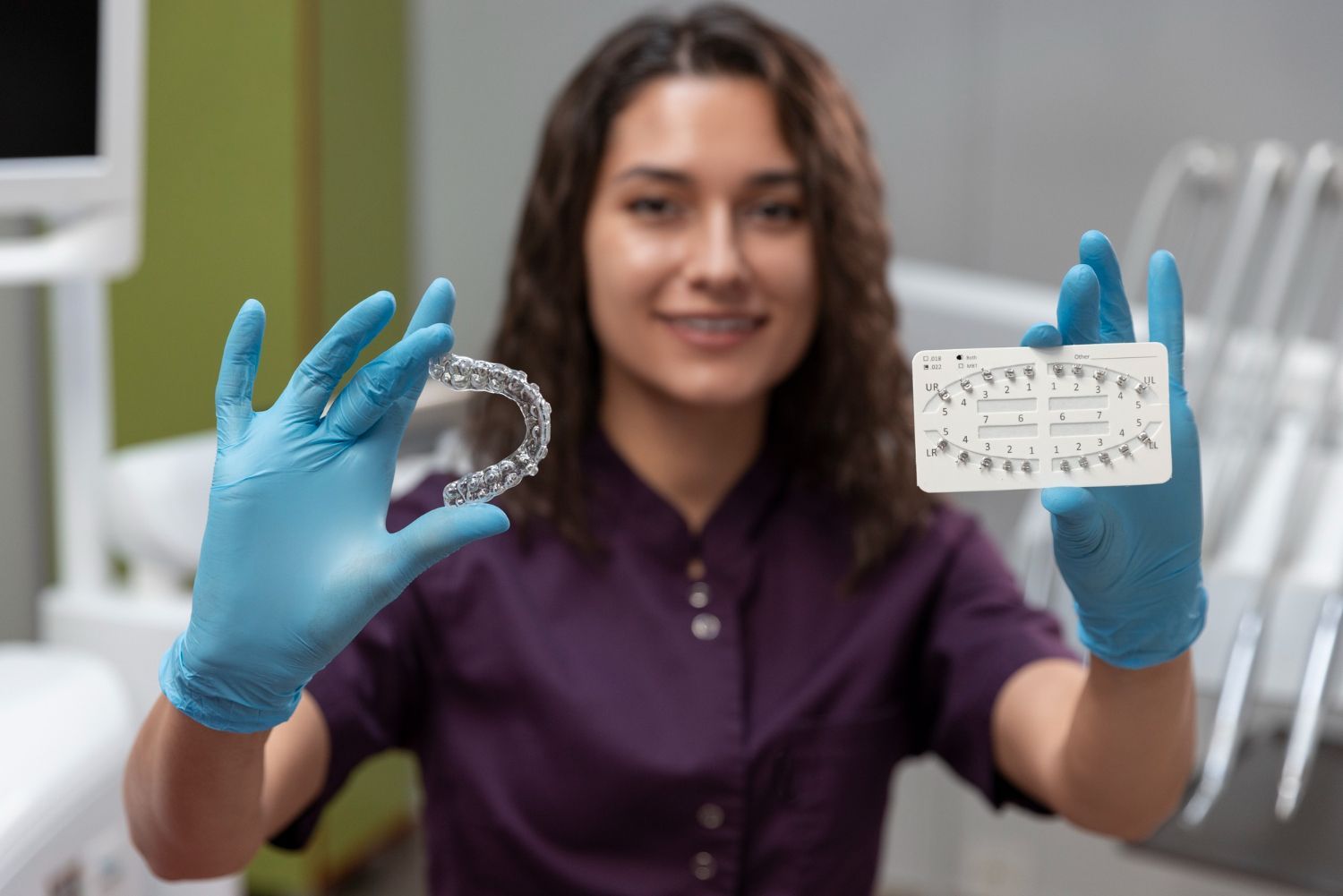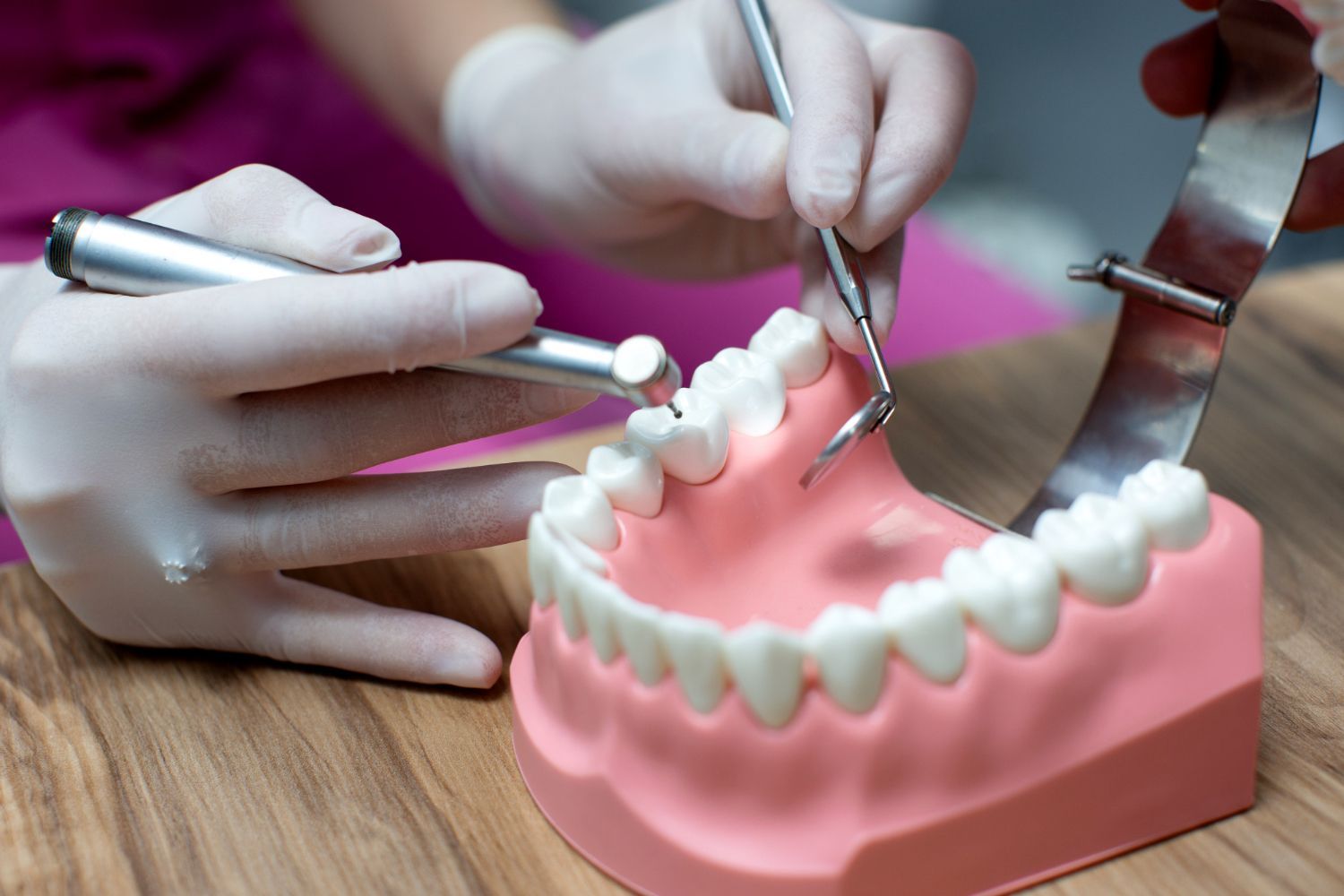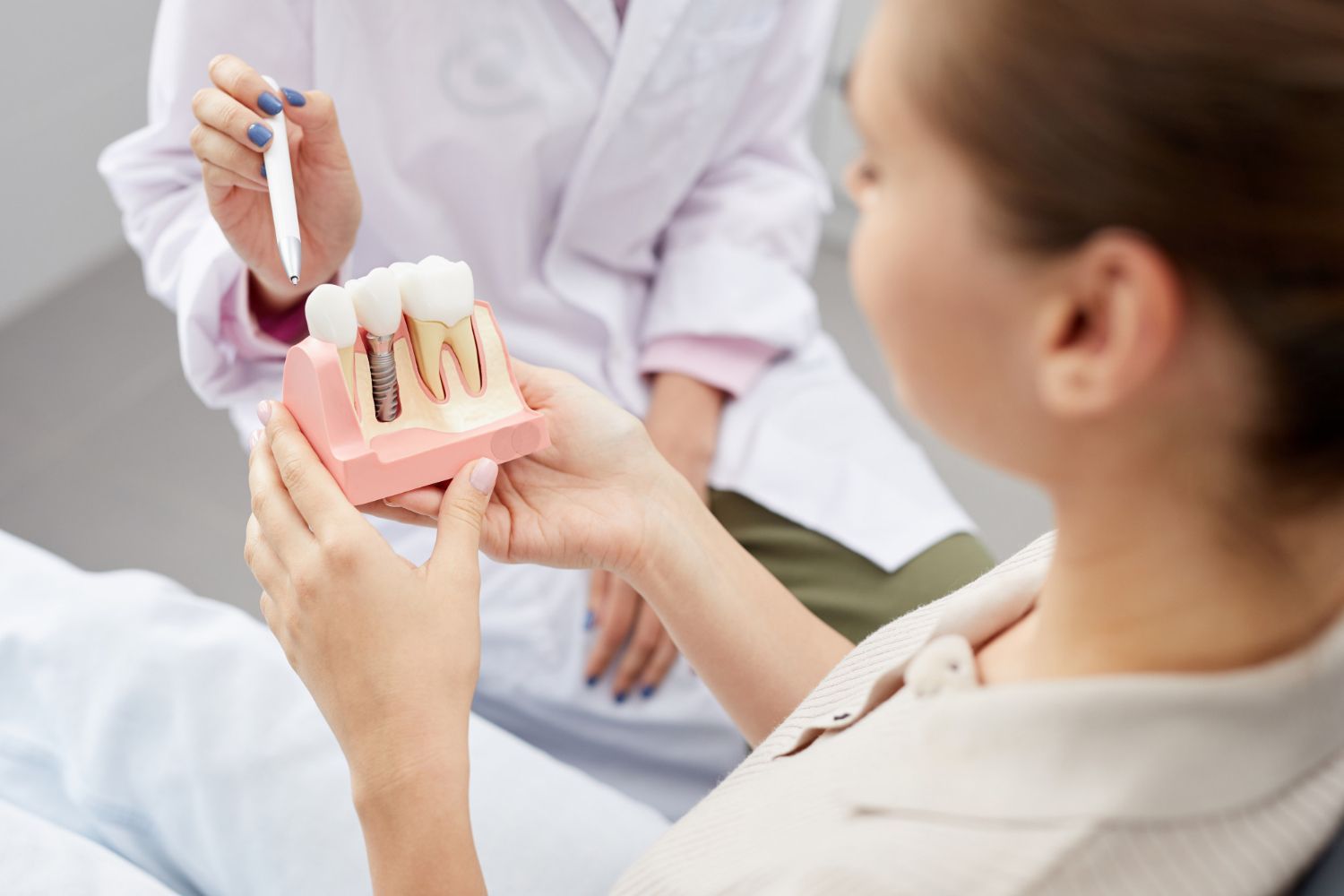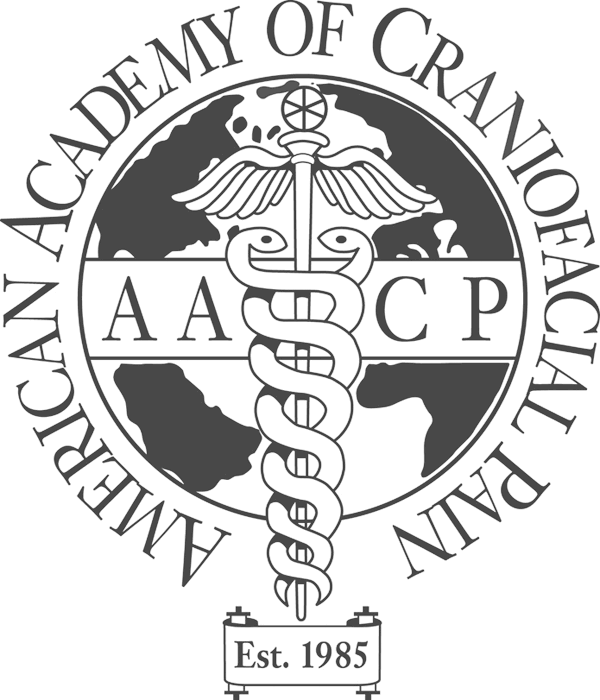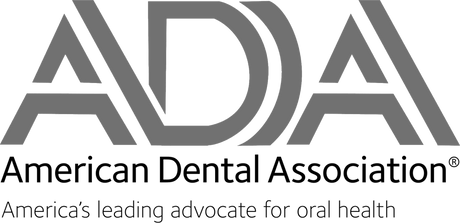Common Myths About Invisalign Dispelled
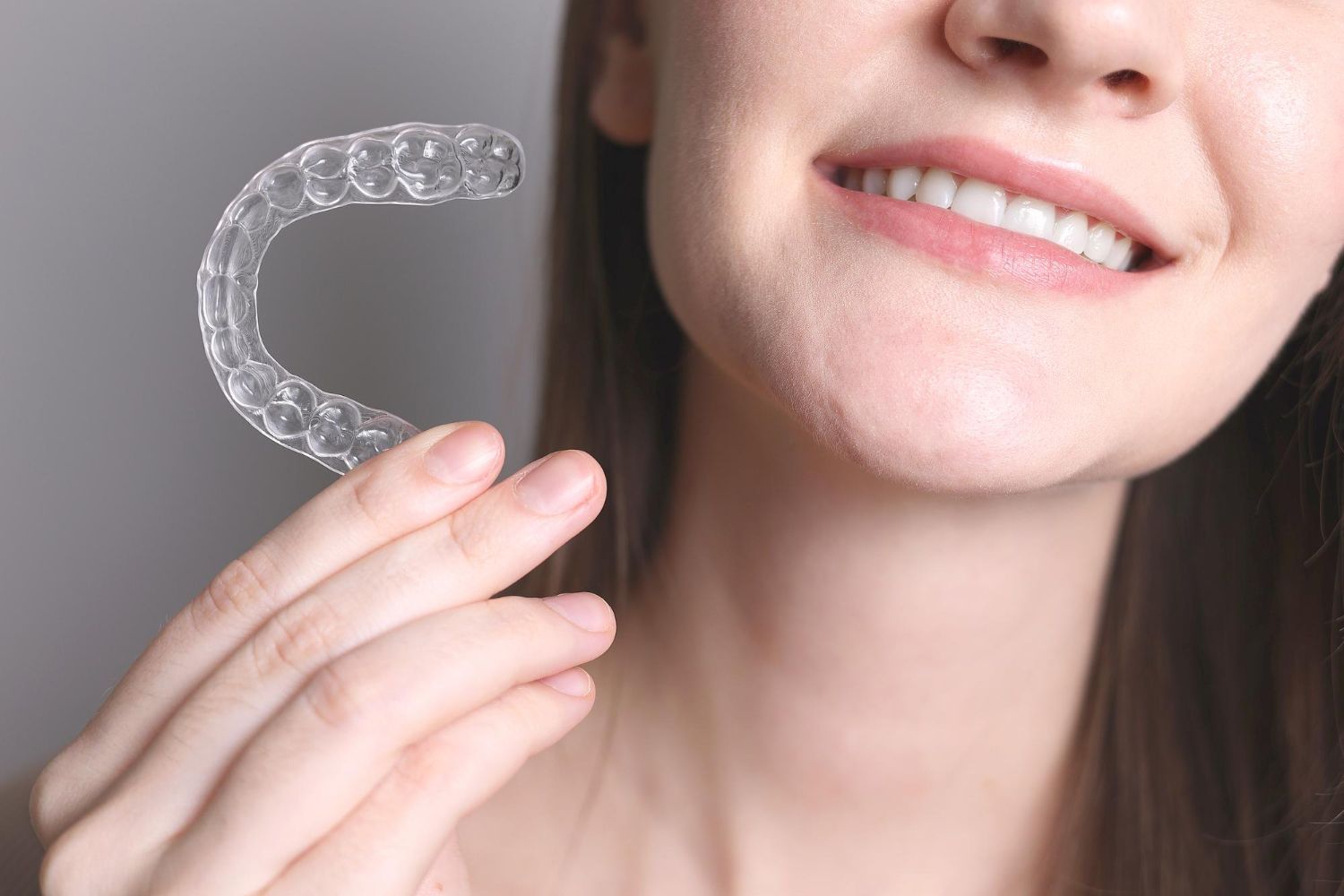
Invisalign has revolutionized how people think about straightening their teeth. There's something really appealing about the idea of having a nearly invisible way to get the smile you’ve always wanted. It's clear and convenient, and more people are considering it as an option instead of traditional braces. Yet, there are still plenty of misconceptions swirling around Invisalign that could make someone hesitate to give it a try. That's why it's important to sort through the myths and find out what's really true about Invisalign.
To help clear the air, Dr. Fay and Dr. James Fay have been at the forefront of providing expert care and insights into just how effective Invisalign can be. Their experiences and knowledge are key when making choices about dental care, especially when considering new technology in orthodontics. Let's uncover some of the most common myths about Invisalign and see what Dr. Fay and Dr. James Fay have to say about them.
Myth 1: Invisalign is Only for Minor Teeth Straightening
Some folks think Invisalign only works if you have very slight tooth misalignments, but that's not the case. Dr. Fay and Dr. James Fay have successfully treated patients with a wide range of dental issues using Invisalign, from crowded teeth to even more complex bite problems. The aligners are custom-made for each person, which allows them to focus on specific areas needing attention.
- Crowded Teeth: Invisalign aligners can gently push crowded teeth into proper alignment without the discomfort associated with metal braces.
- Gaps Between Teeth: They efficiently close small and large gaps by applying precise pressure where needed.
- Overall Bite Issues: From overbites to underbites, Invisalign can address these issues by adjusting how teeth come together, improving jaw alignment and function.
The result is a versatile treatment option that has proven time and again to work on different dental problems. Think of it as a clear path toward a healthier smile, guided by the expertise of Dr. Fay and Dr. James Fay.
Myth 2: Invisalign is More Expensive Than Traditional Braces
A lot of people assume Invisalign will cost a small fortune compared to traditional braces, but they might just be surprised by the truth. While the pricing can vary depending on various factors, including the complexity of the treatment needed, Invisalign can be quite competitive in terms of cost. Dr. Fay and Dr. James Fay have found that, over time, the benefits of using Invisalign can outweigh potential higher upfront costs.
- Invisalign requires fewer office visits since aligners are replaced every few weeks, allowing for fewer interruptions to your daily routine.
- You have the flexibility to remove the aligners when eating or cleaning your teeth, which can also lead to less risk of plaque buildup.
- The convenience of not having permanent fixtures in your mouth means less chance of emergencies like broken wires.
By considering all these aspects, the dentists at Paget Dental assure patients that Invisalign is not just about the aesthetics but also about long-term benefits that contribute to overall dental health. This perspective helps everyone make well-informed decisions based on their specific needs and budgets without feeling held back by myths that don't hold water.
Myth 3: Invisalign Takes Longer to Work
There's a common belief that Invisalign takes more time to yield results compared to traditional braces. However, this isn't necessarily true. Dr. Fay and Dr. James Fay often find that the duration of Invisalign treatment can be comparable to, or sometimes even shorter than, treatment with metal braces for many types of corrections. What determines the treatment duration is often the complexity of the dental issues being addressed, rather than the type of treatment itself.
When patients adhere to the treatment plan and wear their aligners as instructed, they can achieve efficient and timely results. One of the advantages of Invisalign is the predictability of the treatment process. Each aligner is designed to make specific, gradual adjustments, and these are well-planned out over the course of the treatment. You'll typically exchange your aligners every couple of weeks, steadily working towards your desired results.
Dr. Fay and Dr. James Fay recommend regular check-ins to monitor progress and make necessary adjustments. This ongoing evaluation ensures that any potential delays or setbacks are minimized. It gives patients the peace of mind knowing that they are on track for a better, more aligned smile.
Myth 4: Invisalign is Uncomfortable and Painful
Another myth that tends to circulate is that wearing Invisalign is uncomfortable or painful. While it's true that any orthodontic treatment can involve some degree of discomfort, Dr. Fay and Dr. James Fay find that most patients report feeling minimal discomfort with Invisalign compared to traditional braces. This is largely due to the absence of metal wires or brackets which can irritate the inside of your cheeks or lips.
The snug fit of Invisalign aligners is designed to gently shift your teeth. While you may feel slight pressure during the initial days of wearing a new set of aligners, this is typically a sign that the aligners are doing their job. Discomfort from the tight fit usually eases as you get accustomed to the new aligner.
If you do experience discomfort, Dr. Fay and Dr. James Fay have a few tips to make the process smoother:
- Switch to a new set of aligners before going to bed to give yourself time to adjust as you sleep.
- Use dental wax on any problematic areas of the aligners that may cause irritation.
- Stick to a soft food diet if you're feeling any sensitivity in your teeth or gums.
Demystifying Invisalign for Informed Orthodontic Choices
As we explore these myths, it's clear that there's a lot more to Invisalign than meets the eye. By understanding the realities behind these misconceptions, you can make informed decisions about your orthodontic care. Dr. Fay and Dr. James Fay provide valuable insight into how Invisalign can effectively address a variety of dental concerns, debunking any reservations you may have had previously.
Having the right information helps you to focus on the potential benefits of Invisalign, like its convenience, aesthetic appeal, and ability to address various orthodontic issues. It's always beneficial to consult with knowledgeable professionals like Dr. Fay and Dr. James Fay, who can guide you through the process and help you achieve the smile you’ve been hoping for.
Discovering the benefits of Invisalign can transform your smile with ease and confidence. Trust in the expertise of Dr. Fay and Dr. James Fay at Paget Dental to guide your orthodontic journey. Whether addressing crowded teeth or bite issues, their personalized approach ensures the best possible care. For a clearer path to the smile you desire, explore Paget Dental's services today.

